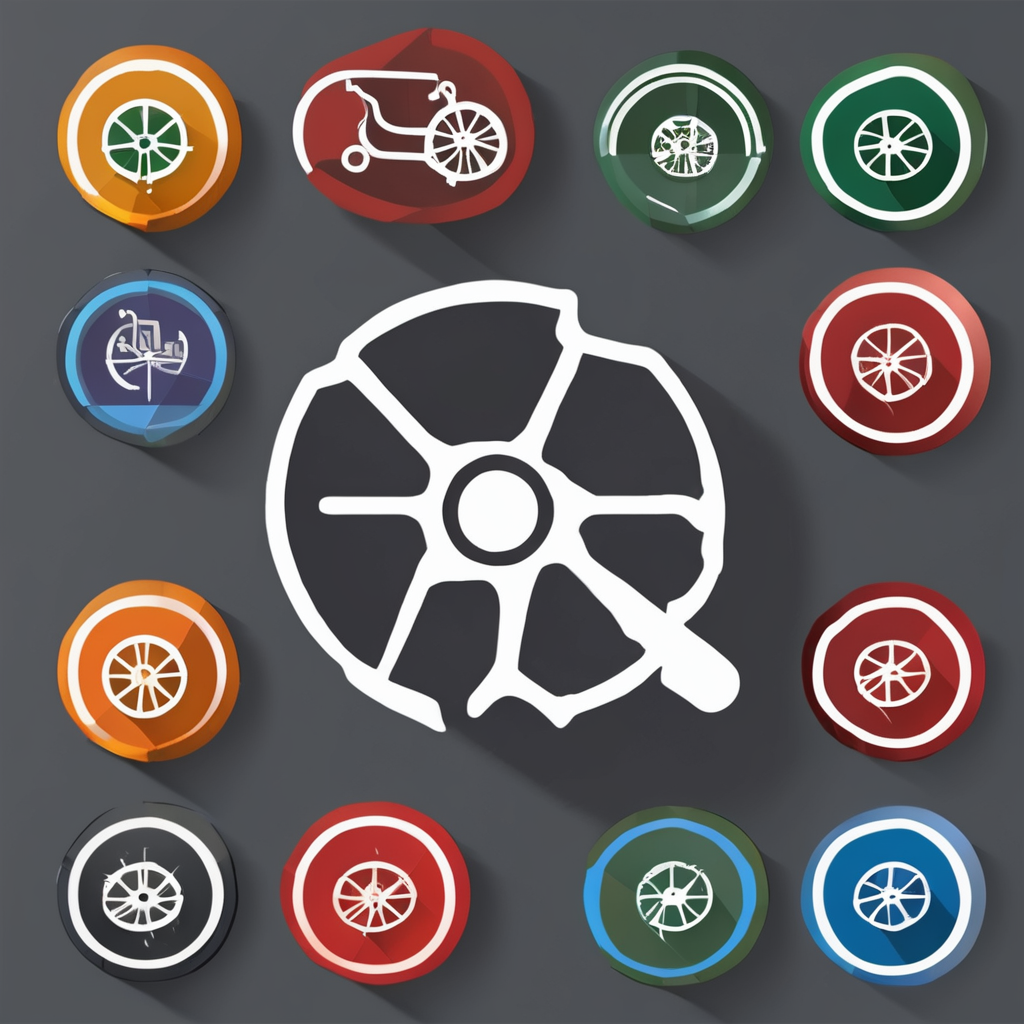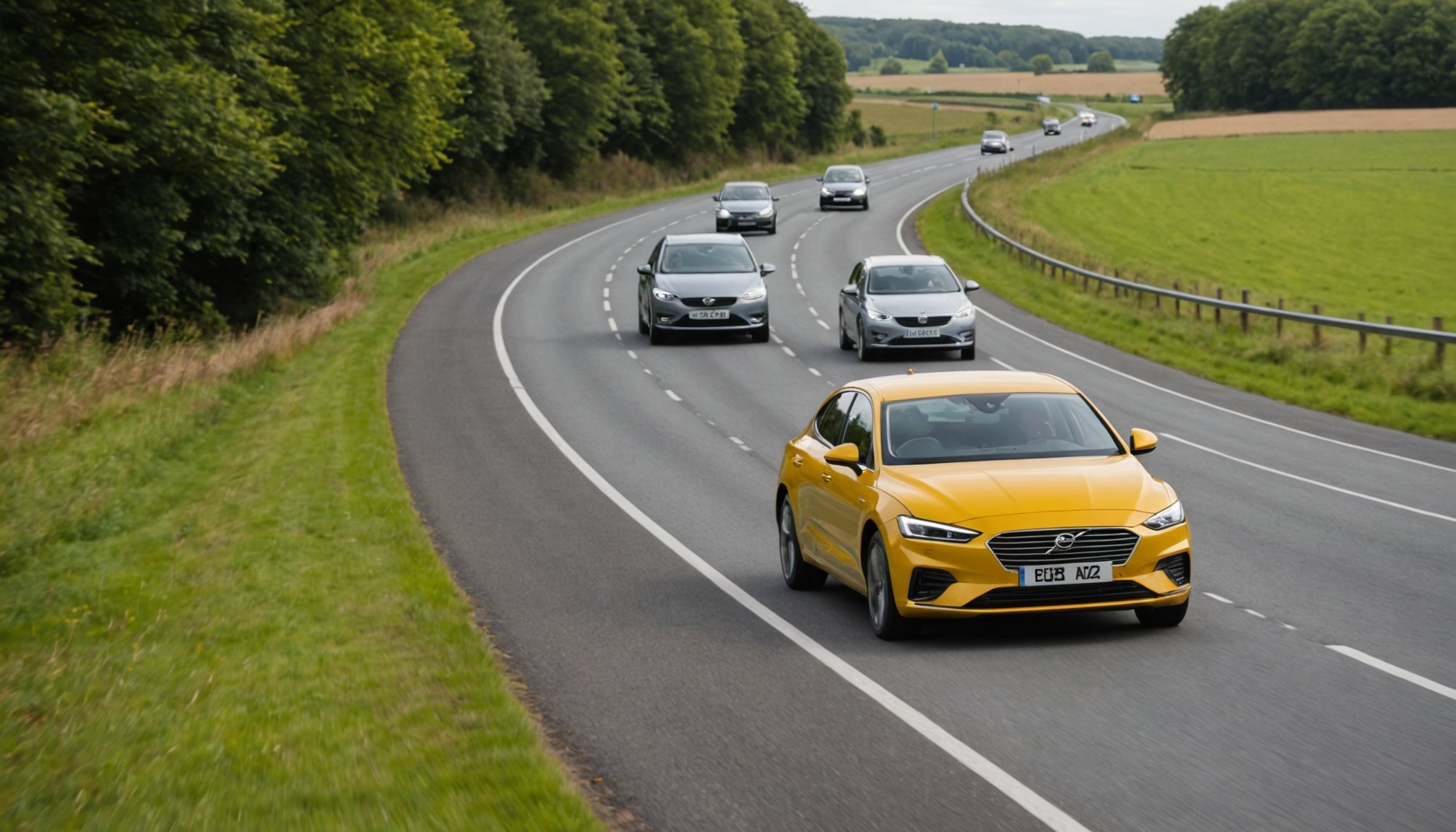Overview of Lane-Keeping Assist Systems
Understanding Lane-Keeping Assist (LKA) is crucial to appreciating modern vehicle safety systems. LKA technology serves the primary purpose of keeping a vehicle within its designated lane, thereby reducing the risk of accidents caused by unintentional lane departures. This safety feature is particularly beneficial in maintaining road safety and aiding drivers’ attention during long journeys or monotonous drives.
The evolution of LKA technology has seen significant advancements since its introduction. Initial systems relied heavily on steering warnings, but modern LKA technologies have integrated advanced sensors and cameras, providing active steering inputs to realign a drifting vehicle. This enhancement has made LKA an integral part of today’s smart vehicles, offering a blend of safety and convenience.
Additional reading : Unlocking airbag sensitivity in minivans: key strategies for boosting safety and protection
The importance of LKA systems is amplified when considering road safety, especially in rural areas. On rural UK roads, which often feature narrow lanes and lack clear markings, LKA can be a lifesaver. It’s designed to perform well in these variable conditions, preventing potential mishaps. This makes LKA technology not just a luxury, but a necessary tool for safety and efficiency on the roads.
Challenges of UK Rural Roads
Driving on UK rural roads poses unique road safety challenges that can test the limits of even the most advanced Lane-Keeping Assist (LKA) technology. These roads often feature winding paths, narrow lanes, and frequent blind spots, all of which can complicate navigation. The scenic yet unpredictable nature of these roads demands heightened attention from both drivers and their vehicles.
In the same genre : Maximizing backup sensor performance in city driving: essential tips for smart drivers
A major challenge for LKA systems is the lack of clear road markings, which can impair their ability to detect lanes accurately. On these unmarked roads, the reliance on LKA’s sensors and cameras becomes even more critical. The vehicle safety systems must continuously adapt to diverse conditions, such as fluctuating weather and varied road materials.
The performance of LKA technology can be hindered by these variable conditions, leading to potential navigation issues. However, advancements in automotive technology have led to more sophisticated systems capable of compensating for these challenges. Understanding these driving hazards is essential for drivers and manufacturers aiming to optimise vehicle performance and safety on rural roads. Therefore, enhancing the performance of LKA systems in these settings remains a focal point in the evolution of vehicle safety systems.
Configuring Vehicles for Enhanced LKA Performance
To optimise Lane-Keeping Assist (LKA) systems for rural driving, a focus on vehicle configuration is essential. Effective LKA calibration ensures better alignment with the unique demands of rural roads. Start by adjusting the sensitivity of sensors and cameras to account for the absence of clear road markings, enhancing the system’s ability to interpret the surroundings accurately.
When configuring a vehicle, tire selection and pressure are vital aspects. For instance, tyres with the right tread pattern provide superior traction, helping maintain stability on slippery or uneven surfaces prevalent in rural areas. Proper tyre pressure also plays a significant role, as it can affect the LKA system’s performance in maintaining lane position by ensuring optimal road contact.
Additionally, automotive adjustments like updating software for better algorithm accuracy can lead to enhanced detection capabilities in challenging environments. Regular calibration checks and adherence to the manufacturer’s guidelines ensure the system functions optimally. Understanding these factors substantially improves the LKA technology‘s effectiveness for rural driving, contributing to safer and more reliable vehicle safety systems. Emphasising these adjustments equips both drivers and manufacturer systems with needed resilience on challenging rural terrains.
Case Studies and Research Findings
Understanding the efficacy of Lane-Keeping Assist (LKA) systems in rural areas is invaluable. Recent LKA performance studies demonstrate that these systems markedly enhance safety by reducing incidents of lane departures on winding rural roads. Research indicates that sensor and camera improvements have escalated automotive research, yielding substantial gains in LKA reliability under diverse conditions.
Analysing rural driving case studies offers practical insights into LKA application. For example, studies from select UK rural locales detail decreased accident rates, crediting both LKA technology and road infrastructure improvements. These findings underscore the need for automotive innovations tailored to rural environments, such as adaptive algorithms that efficiently process irregular road patterns.
Manufacturers have gleaned pivotal lessons from incorporating LKA systems in real-world settings. Tailoring vehicle configuration has proven crucial for optimising performance. By focusing on sensor calibration and algorithm accuracy, manufacturers are setting new benchmarks for safety technology. Collectively, these insights not only fortify our understanding of LKA technology but also signal promising trends for future innovations in rural driving scenarios.
Practical Tips for Users and Manufacturers
Utilising Lane-Keeping Assist (LKA) systems effectively in rural settings requires tailored approaches for both drivers and manufacturers. While LKA technology is continually evolving, here are practical strategies to optimise its use in such environments.
Recommendations for Drivers
For drivers, understanding the limitations and capabilities of their LKA technology is essential. Familiarise yourself with your vehicle’s specific system, including sensitivity settings. Adjust these settings to handle rural road quirks like narrow lanes and sporadic markings. Noticing when the LKA system disengages or alerts you unnecessarily can indicate a need for system recalibration or adaptation.
Suggestions for Manufacturers
Manufacturers should prioritise automotive innovation to enhance LKA effectiveness in rural areas. This involves focusing on developing algorithms that better interpret complex, unpredictable road conditions. Investing in robust sensor technology to improve detection accuracy, despite missing or eroded road markings, can significantly aid navigation.
Future Trends
The future of LKA innovation lies in developing systems that learn and adapt to new driving environments dynamically. Enhanced machine learning capabilities could predict and respond to potential hazards more intuitively, bridging human and machine input for safer, more reliable rural driving experiences.











